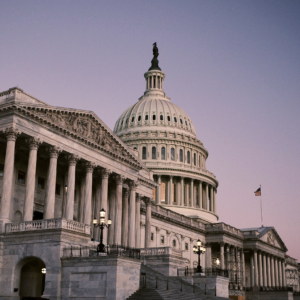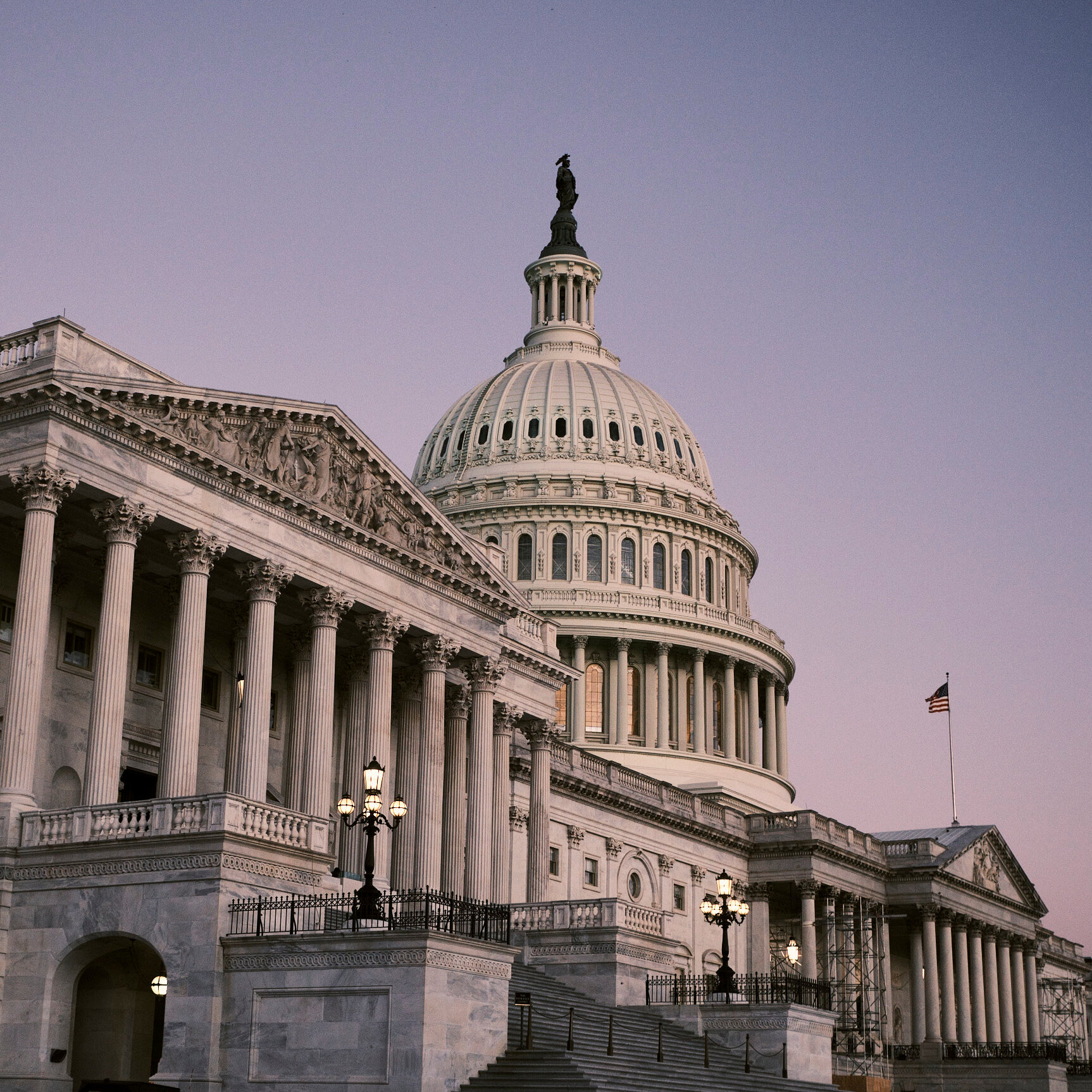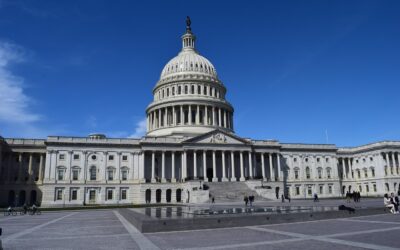Although Congress began passing bills to make historic and massive amounts of funding available to state and local governments a couple of years ago, much of the funding is still waiting to be claimed. There are two reasons for that.
The federal government does not move quickly. Once the legislation was signed, funding was directed to numerous agencies and programs. Officials with each funding source were required to write rules related to disbursing the funds and design procedures so that state and local representatives could apply for the funding. Finally, decision making protocols at the federal level had to be followed, projects had to be vetted. It all took time – a lot of time.
The application process itself is not quick or easy and a large percentage of applicants were ill-equipped to apply even after identifying the appropriate funding sources for different types of projects. And sadly, the process was even more difficult because some government officials never found the time or the resources to start the process and then follow through with it.

Too many small governmental agencies, school districts, and rural officials have never applied for any of the federal funding. While that is frustrating and hard to understand, the good news is that billions of government appropriated dollars are still available. A few states have found ways to make resources and assistance available to local governmental officials and grant applications are ramping up throughout the country. That’s critically important because part of the funding will be called back by the federal government if it is not committed by the end of 2024.
The second reason that billions of state and local funding is still sitting in federal coffers appears to be because some state leaders have not made this a priority. In a few instances, industry specific available funding, if not used in one state, is available to other states. Regional oversight leaders of that type of funding do not like to see this happen, but without lots of information, assistance, and enthusiasm from statewide leaders, the funding simply can easily get overlooked at the local jurisdictions.
The American Rescue Plan Act (ARPA) allocated $350 billion for state and local governments. The Bipartisan Infrastructure Bill (BIL), which has been heralded as a once-in-a-generation-investment, included an initial investment of $350 billion. Now, however, about $150 billion of that amount still sits at the federal level of government in spite of how badly it is needed in some parts of America. That issue needs to be rectified quickly because once the funds have been committed, local government officials will only have until the end of 2026 to spend the revenue.
There are other recent federal funding bills that share commonalities, but just looking at two of the older ones (ARPA and BIL) highlights a critical issue.
The BIL invests $65 billion for statewide efforts to ensure that every American has access to connectivity. It invests $60 billion in health, equity, and resilience. BIL provides $1.7 billion to 12 federally recognized Geographic Water Programs and $5 billion is available for the Assistance for Small and Disadvantaged Communities Drinking Water programs. Additional water funding is available for underground injection control and there is more than $5 billion to address longstanding pollution and support solid waste infrastructure for recycling in communities. Those are all areas where state and local governments need funding.
Federal funding (in statutes passed by Congress) provide large amounts of revenue for technology modernization, the protection of public assets, law enforcement complexes, affordable housing, economic development initiatives, transportation, power grid modernization, public healthcare programs…and more. Why would this type of funding be ignored by any state?
Interestingly enough, data is available, and by simply going online taxpayers can see how much of a state’s allocation has been obtained and spent. In one program alone, 10 states have spent less than 7.5% of what was allocated to them. Another rather shocking fact is that in one federal funding program, more than $96 billion available to states, and $60 billion allocated to local governments, was still available near the end of 2022. Hopefully that situation has changed.
There is an abundance of information available about how government leaders have obtained and spent the available funding. Some of the data is a bit shocking and taxpayers may soon ask why this ‘once in a generation funding’ has not been pursued more aggressively by every elected statewide leader.
Infrastructure (where most of the federal funding is focused) includes every basic component of every state’s future– water, power, transportation, public safety, healthcare, education and more. Funding has been approved by Congress for all of that – and yet there are currently many billions in funding that have overlooked, or possibly neglected, because the application process is too daunting for local officials. It begs the question of why state leaders are not doing more to assist?







